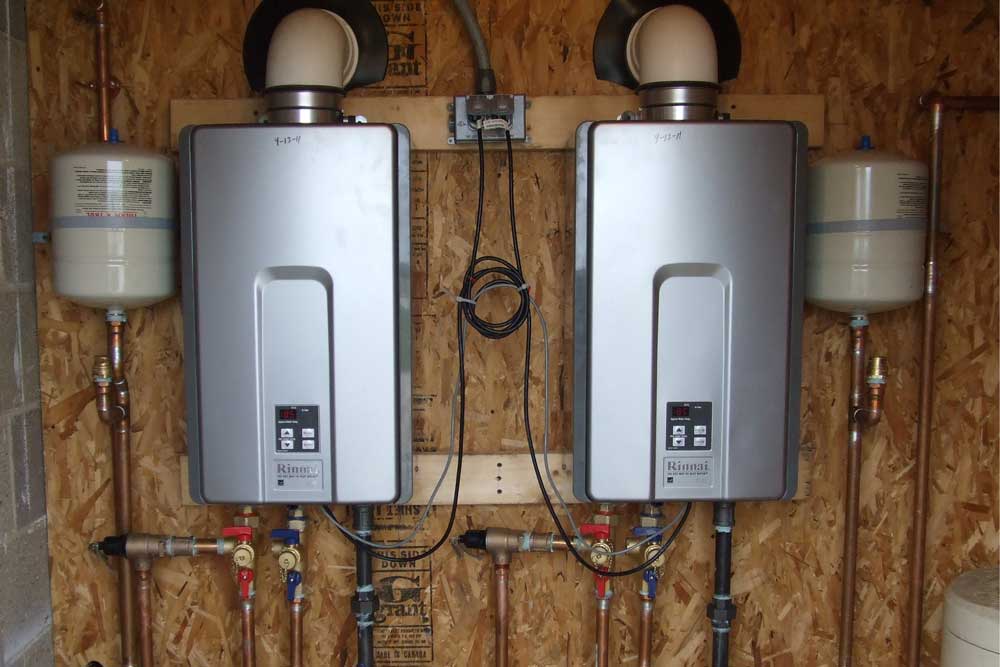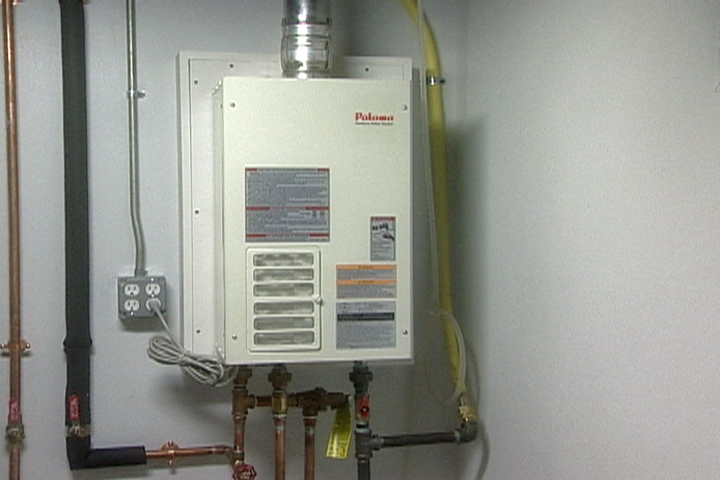Caring for Your Home's Hot Water System: Important TipsTips on How to Keep Your Home's Hot Water System in Good Condition
Call TodayWhat are your ideas on Tips For Maintaining Your Hot Water Heater?

Warm water is vital for day-to-day comfort, whether it's for a revitalizing shower or washing recipes. To ensure your warm water system runs efficiently and lasts much longer, regular upkeep is key. This post provides functional pointers and insights on exactly how to preserve your home's warm water system to avoid disruptions and expensive fixings.
Intro
Maintaining your home's warm water system might seem difficult, however with a couple of simple steps, you can ensure it runs efficiently for several years to come. This guide covers whatever from understanding your hot water system to DIY upkeep pointers and recognizing when to call in professional help.
Significance of Preserving Your Warm Water System
Normal upkeep not just expands the life-span of your warm water system yet also ensures it runs successfully. Disregarding maintenance can result in lowered performance, greater power costs, and also early failing of the system.
Indicators Your Warm Water System Requirements Upkeep
Knowing when your hot water system needs interest can stop significant issues. Look out for indications such as inconsistent water temperature level, weird sounds from the heater, or rusty water.
Flushing the Water Heater
Flushing your water heater gets rid of debris build-up, boosting effectiveness and extending its life.
Checking and Replacing Anode Rods
Anode rods prevent rust inside the storage tank. Evaluating and replacing them when worn out is essential.
Complex Issues Calling For Expert Assistance
Examples consist of significant leakages, electrical problems, or if your water heater is continually underperforming.
Regular Expert Maintenance Benefits
Specialist upkeep can include comprehensive inspections, tune-ups, and making sure compliance with safety standards.
Examining and Adjusting Temperature Level Setups
Changing the temperature setups makes sure optimum efficiency and safety.
Do It Yourself Tips for Upkeep
You can carry out numerous upkeep tasks on your own to keep your hot water system in leading condition.
Looking for Leakages
Routinely inspect pipelines and connections for leakages, as these can result in water damages and greater bills.
Recognizing Your Hot Water System
Prior to diving into maintenance tasks, it's helpful to comprehend the standard elements of your hot water system. Typically, this includes the water heater itself, pipelines, anode rods, and temperature controls.
Month-to-month Upkeep Tasks
Regular month-to-month checks can assist catch small problems before they rise.
Checking Pressure Alleviation Valves
Checking the stress safety valve ensures it operates properly and prevents too much pressure build-up.
Insulating Pipelines
Protecting hot water pipelines reduces warmth loss and can save power.
When to Call an Expert
While DIY upkeep is useful, some issues call for professional experience.
Final thought
Regular upkeep of your home's hot water system is necessary for efficiency, durability, and cost financial savings. By following these ideas and knowing when to look for specialist help, you can guarantee a reputable supply of warm water without unanticipated disruptions.
How to Maintain an Instant Hot Water Heater
Before tinkering with your hot water heater, make sure that it’s not powered on. You also have to turn off the main circuit breaker and shut off the main gas line to prevent accidents. Also turn off the water valves connected to your unit to prevent water from flowing into and out of the appliance. 2. When you’re done, you have to detach the purge valves’ caps. These look like the letter “T” and are situated on either side of the water valves. Doing so will release any pressure that has accumulated inside the valves while at the same time avoid hot water from shooting out and burning your skin. 3. When the purge valves’ caps are removed, you have to connect your hosing lines to the valves. Your unit should have come with three hoses but if it didn’t, you can purchase these things from any hardware or home repair shops. You can also get them from retail stores that sell water heating systems. Read the user’s manual and follow it to complete this task properly. When the hosing lines are connected, open the purge port’s valves. 4. You should never use harsh chemical cleaners or solutions when cleaning your unit. Make use of white vinegar instead. It should be undiluted and you’ll probably use about 2 gallons. 5. Now flush your water heater. This task should probably take about 40 minutes. We can’t give you specific directions for this because the procedure is carried out depending on the type, model and brand of your heater. With that being said, refer to the user’s manual. 6. When you’re done draining the unit, you have to turn off the purge port valves again. Remove the hosing lines that you earlier installed on each of the water valves. Put the valve caps (purge port) back in their respective places and be very careful so as not to damage the rubber discs that are found inside these caps. 7. Now that everything’s back in place, check your user’s manual again to find out how to reactivate your water heating system. 8. Once it is working, turn one of your hot water faucets on just to let air pass through the heater’s water supply pipes. Leave the tap on until water flows smoothly out of it. https://www.orrplumbing.com/blog/2014/september/how-to-maintain-an-instant-hot-water-heater/

As a serious reader on How to Maintain Your Water Heater & Prolong its Life, I thought sharing that piece of content was a smart idea. I beg you pause to distribute this blog if you enjoyed it. Bless you for your time. Kindly stop by our website back soon.
Click Here